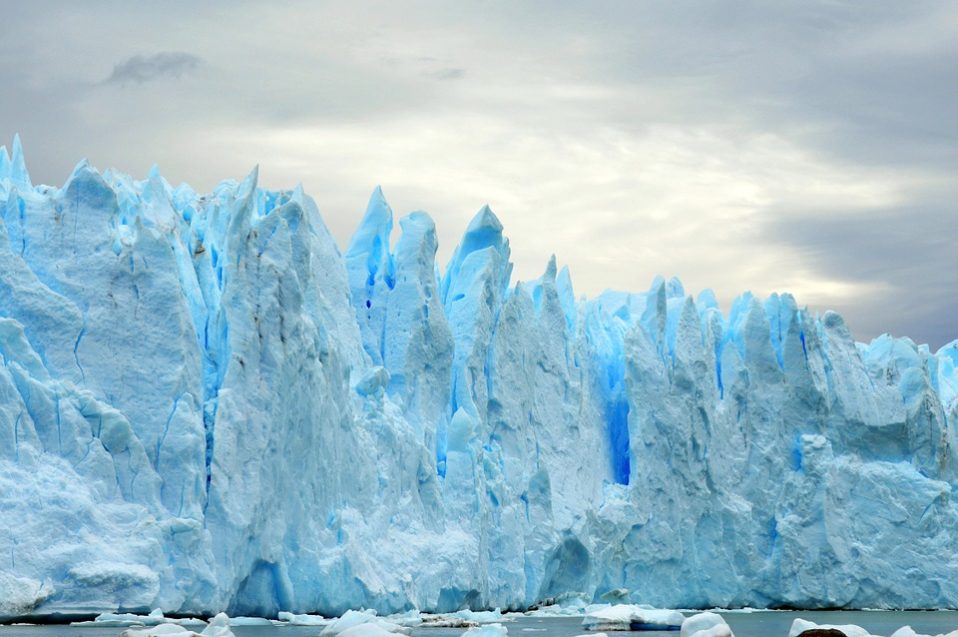A group of European researchers will go to Antarctica in December to begin the process of drilling deep into the continent’s eastern ice sheet.
The consortium’s aim is to pull up a frozen core of material almost 3km long.
Scientists hope this can lead them to an explanation for why Earth’s ice ages flipped in frequency in the deep past.
Although it might seem at first glance to be a rather esoteric quest, researchers say it bears down directly on the question of how much the world is likely to warm in the centuries ahead.
“Something happened about 900,000 years ago. The ice age cycles changed from every 40,000 years or so, to every 100,000 years; and we don’t know why,” Dr Catherine Ritz from the Institute of Environmental Geosciences in Grenoble, France, told BBC News.
“And it’s rather important, because if we want to forecast what will happen to the climate in the future, with the increase in greenhouse gases, then we will have to use models, and these models will be calibrated on what happened in the past.”
Dr Ritz was speaking here at the European Geosciences Union General Assembly, where the site for the new drilling operation was formally announced.
It will be on a high ridge about 40km southwest from the Franco-Italian research station known as Dome Concordia. Already, the spot has been dubbed “Little Dome C”.
Fourteen institutions from 10 countries will participate in what’s referred to as the Beyond-EPICA project.
It is going to take about five years to fully extract the core with at least a further year to examine the ice.
The European Union’s science budget is announced to cover the expected total €30m cost.



